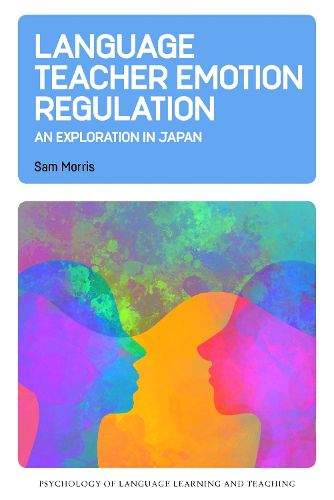Readings Newsletter
Become a Readings Member to make your shopping experience even easier.
Sign in or sign up for free!
You’re not far away from qualifying for FREE standard shipping within Australia
You’ve qualified for FREE standard shipping within Australia
The cart is loading…






This book seeks to understand how language teachers regulate and use their emotions to best serve themselves and their students. It furthers research in the field by providing an in-depth theoretical discussion of emotion regulation alongside a comprehensive exploration in Japan. The study at the heart of the book focuses on three important features: the strategies language teachers employ to regulate their emotions, the motives that they regulate in aid of, and the various contextual factors shaping their strategy and motive decision-making. The findings reveal numerous ways that language teacher emotion regulation is empowered and constrained by identities, notions of good practice, critical experiences and external pressures. The book provides theoretical models of emotion regulation alongside recommendations for researchers, trainers and teachers who are interested in understanding more about the emotional dimension of the language classroom.
$9.00 standard shipping within Australia
FREE standard shipping within Australia for orders over $100.00
Express & International shipping calculated at checkout
This book seeks to understand how language teachers regulate and use their emotions to best serve themselves and their students. It furthers research in the field by providing an in-depth theoretical discussion of emotion regulation alongside a comprehensive exploration in Japan. The study at the heart of the book focuses on three important features: the strategies language teachers employ to regulate their emotions, the motives that they regulate in aid of, and the various contextual factors shaping their strategy and motive decision-making. The findings reveal numerous ways that language teacher emotion regulation is empowered and constrained by identities, notions of good practice, critical experiences and external pressures. The book provides theoretical models of emotion regulation alongside recommendations for researchers, trainers and teachers who are interested in understanding more about the emotional dimension of the language classroom.